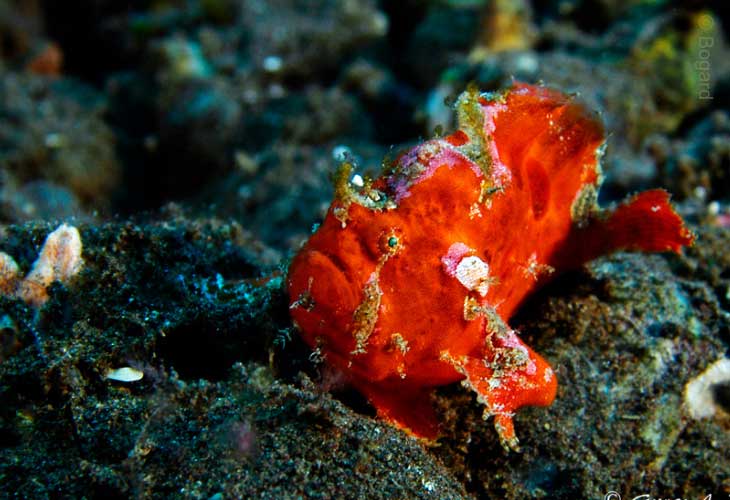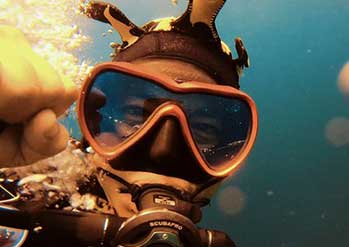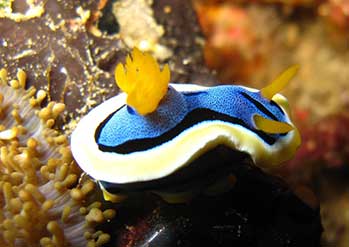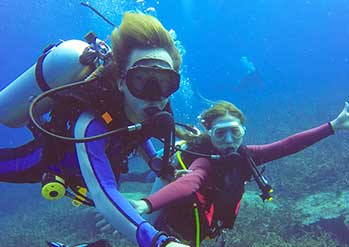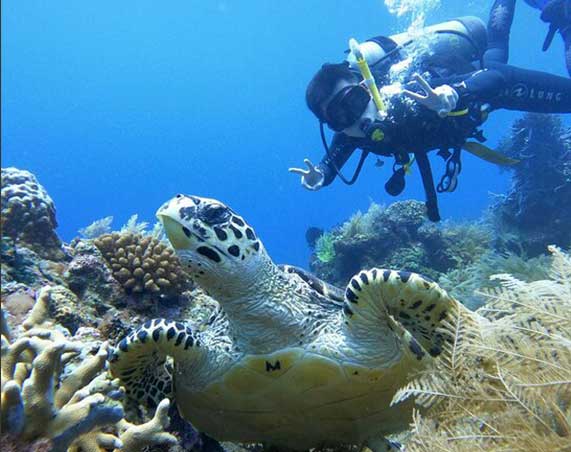Tulamben Bay: A Dive Site for Everyone
The small village of Tulamben, famous for both its black volcanic sand and the 120m USAT Liberty shipwreck, is quite rightly Bali’s most popular diving location. Tulamben is also the place in Bali where you are most likely to see internationally-recognised underwater photographers and journalists.
Tulamben Bay, like the rest of Bali, is situated in the world’s richest marine biogeographic zone: the Indo-Pacific. Due to Tulamben’s location on Bali’s north east coast, the Indonesian Throughflow (the major ocean current that moves from the Pacific to the Indian Ocean) supplies the bay with very plankton-rich waters.
This, together with the different physical environments within the bay, gives Tulamben a remarkably diverse underwater ecosystem.
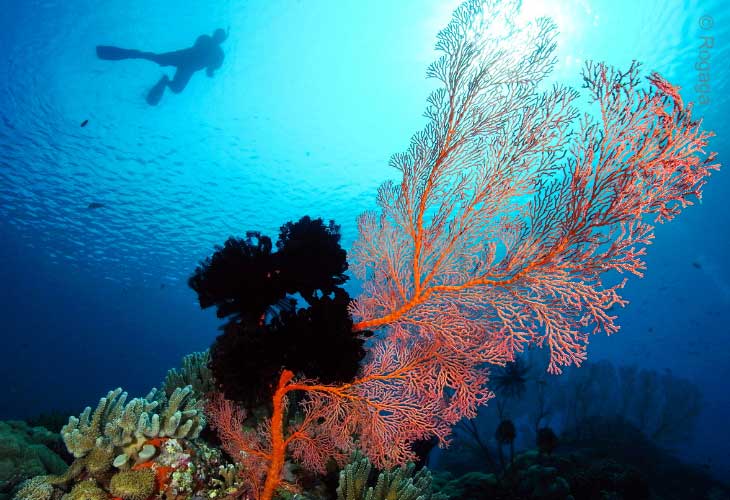
Popular Tulamben Bay Dive Sites
The 120m USAT Liberty shipwreck lies 20m offshore in depths of 5-30M, and is completely encrusted with hard and soft corals. The extraordinarily dense marinelife includes Clown frogfish (juvenile and adult), Bumphead parrotfish, a huge school of Big-eyed trevally, Leaf scorpionfish, and various pygmy seahorses. Wonderpus and Mimic octopus can be seen on early morning dives. The Wreck offers magical night diving with flashlightfish, Spanish dancers and cephalopods.
The Coral Garden, which runs eastwards from the USAT Liberty shipwreck, provides wonderful shallow dives where you’re limited by air supply rather than bottom time. You can expect to see a wide selection of marinelife from Thecacera nudibranchs, Harlequin shrimps and Boxer crabs, to frogfish and Ribbon eels in all stages of development.
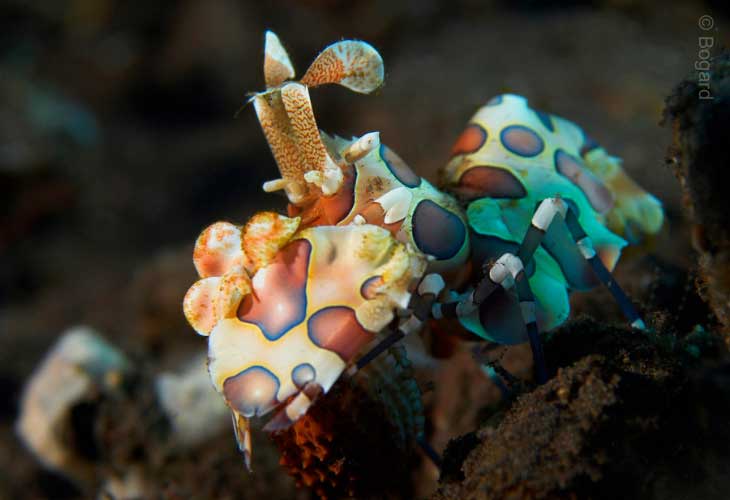
On The Wall/Drop-off you will find a wide variety of sponges, hard and soft corals, and Gorgonian seafans (one of 3m diameter) – while the larger marinelife includes reef sharks, with occasional sightings of Whalesharks and Mola-Mola. During the rainy season (Dec-March) the reef flats can receive some run-off but continue to yield surprises.
Being shore entry, Tulamben is also great for snorkelling and Discover Scuba Diving. Please note Tulamben has a stony, rather than sandy, beach.
Slightly north of Tulamben is Kubu, home of Bali’s newest shipwreck. Kubu reef has Gorgonian seafans, bommies with soft corals, scores of nudibranchs, and generally calm conditions.
Taking a local outrigger five minutes east of Tulamben Bay brings you to the sites of Palung-Palung/Alamanda, Batu Kelebit and Emerald Point. Within the Tulamben area, these are the sites where you are most likely to see pelagics including, on rare occasions, dolphins.
